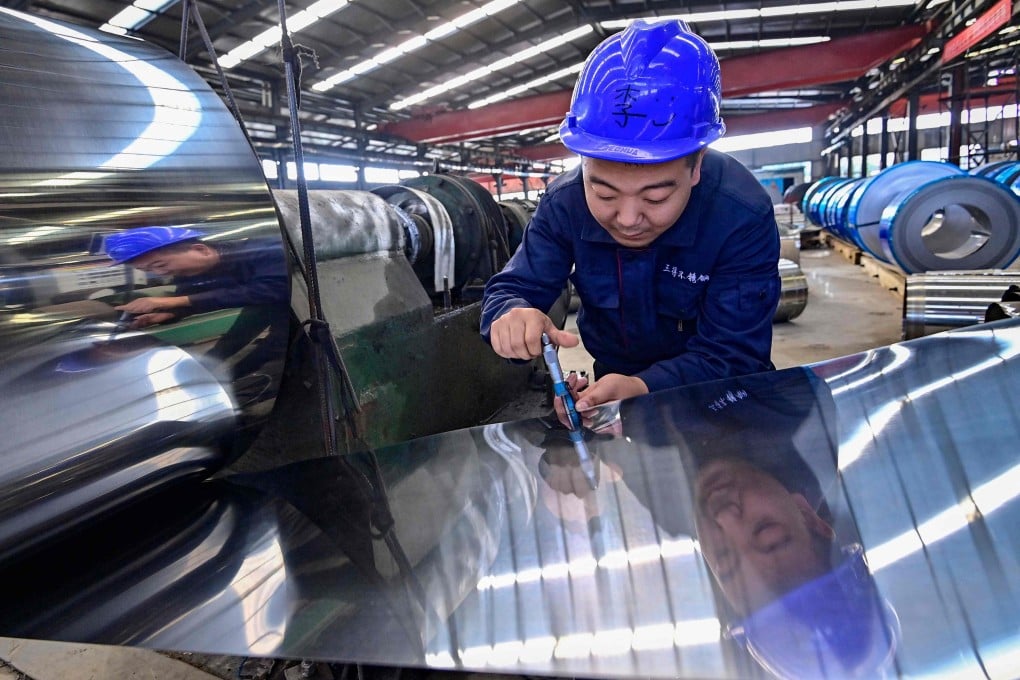Advertisement
Opinion | 4 steps China can take to revive and future-proof its economy
Chinese policymakers would benefit from an open-minded exploration of some Western economies’ initiatives – and vice versa
Reading Time:3 minutes
Why you can trust SCMP
4

For several years, the Chinese economy has faced slowing economic growth and the challenges of restructuring. Geopolitical headwinds have not made these tasks any easier.
Advertisement
The latest of Beijing’s efforts to handle these problems was announced shortly before National Day. A series of stimulus measures included moves to pump liquidity into the stock market, such as refinancing loans for banks extending credit to firms that want to conduct share buy-backs. Unsurprisingly, the stock market responded favourably to these measures.
However, stimulus directed at the stock market would be more appropriate for Western economies. In those countries, especially the United States, the stock market’s role in the economy is much more influential than it is in China.
The Ministry of Finance announced on October 12 that it would significantly increase government debt issuance to provide assistance to low-income households, support the property market and replenish the capital base of state banks.
In addition to the announced measures, there are other options the government could consider. First, increase the lease period for land already sold for housing from 70 years to 99 years.
Advertisement
This will not increase China’s debt because doing so will not cost the government a cent. However, new and older properties will see the value of their land leases rise substantially.

Advertisement
